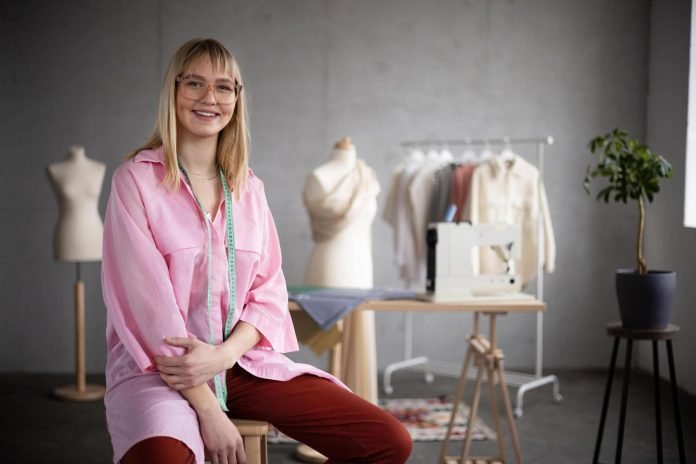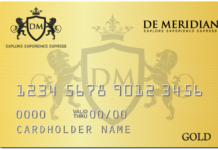A fashion stylist has significant role, In order to create looks and ensembles that suit the needs and preferences of the people wearing them. These are adaptable experts who can serve a range of roles, such as personal stylists or stylists who put together models’ clothing for advertising campaigns.
If you have an interest in fashion and enjoy assisting others in creating costumes and ensembles, a career in fashion styling might be a good fit for you.
This article explains the duties, and path of how to become a fashion stylist.
What does a fashion stylist do?
A fashion stylist, sometimes known as a wardrobe stylist, is a stylist who chooses clothing and accessories for a person to wear for a visual event such as a music video, movie, or advertising campaign.
Celebrities and public figures are frequently fitted with distinctive apparel for important events and appearances by fashion stylists.
Some of these people are consultants for retail establishments, advertising agencies, or any type of business where clothes and fashion play a significant role in defining their brand.
They also deal with a wide range of clients, including actors, politicians, and common consumers.
How To Become A Fashion Stylist
The following are five steps to become a fashion stylist:
Obtain a degree or equivalent qualification
Although it’s not strictly necessary to have a university degree, certification, or credential to work as a fashion stylist, pursuing an education will help you develop your talents and have a deeper grasp of art and fashion history.
You could also learn about the various roles that fashion stylists can have through this encounter, such as corporate, editorial, personal, and celebrity stylists.
You may network with academics and other industry professionals at these universities, which is another advantage that could be of assistance to you.
Create A Portfolio
Making a portfolio, which can be a digital or physical area where you can put all of your fashion work in one easy-to-view spot, is one of the most crucial things an aspiring fashion stylist can do.
The portfolio serves as a showcase for your skills and provides an overview of your ability to style clothes as well as potential contributions to the company.
The portfolio, also called a look-book, can assist you in starting your career as a fashion stylist, gaining new employment, and expanding your clientele.
Apply to an internship program
To launch your career, do extensive research to locate internships in fashion houses or other fashion-related institutions, particularly if you wish to serve as a stylist for public figures such as models, celebrities, and other public figures.
A lot of the jobs in the fashion business are found through referrals, so working as an intern for a company in the industry gives you the chance to gain real-world experience and hone your existing talents under the watchful eye of a mentor.
It also aids in the development of business relationships. You can look for several internship possibilities online or through your university.
Build your professional network
Think about how you may expand your professional network in order to help you land a position as a fashion stylist.
Through an internship, apprenticeship, or other assistance role that puts you in the company of people who are knowledgeable and skilled in the subject, you can frequently expand your network.
Having a strong network of contacts can help you build a good reputation for yourself because these people might contact you if there are any job openings.
This can be your stepping stone into this, even if it’s not a fashion styling role. Your university instructors could be a great resource for you as well because they might know people in the industry.
Apply to an entry-level position
Start submitting applications for jobs as an entry-level fashion stylist; many of these are listed on career websites related to how to become a fashion stylist and job boards.
In these entry-level roles, prospective fashion stylists may anticipate learning the fundamentals of the industry, such as finding and styling clothes and according to team leaders’ directions, while working closely with a highly qualified expert.
It could also be necessary for you to learn how to design looks and ensembles based on prevailing social and cultural trends and to be informed about how these trends in fashion change over time.
Important fashion stylist skills
If you want to work in fashion styling, you need to possess the following abilities:
Creativity
Since the work of a fashion stylist entails assembling many pieces of clothes to make a complete outfit or costume, creativity is one of the fundamental abilities required for this line of work.
They must to be able to picture the forms, hues, and textures of garments and choose which ones suit a particular person the best. It’s critical to understand how to dress for an occasion in a way that complements its topic and style.
A fashion stylist needs to know what will look well on each individual and be appropriate for the occasion. It also demonstrates their distinct sense of style.
Communication
Fashion stylists frequently need to cooperate with hairstylists, makeup artists, and fashion designers in addition to with other stylists, therefore communication is an essential ability.
They have frequent interactions with a wide range of other professions, so being able to express their thoughts concisely and thoroughly is crucial.
They must be able to talk about the style with their clientele when working one-on-one with them. Since the customer could not agree with the fashion stylist’s designs, it’s critical to communicate in a courteous, professional, and respectful manner.
Problem-solving
This is essential because a fashion stylist must be able to handle a wide range of situations in a timely and professional manner.
For example, an item of clothing may rip or there may be a conflict between the stylist and the client; occasionally, there may be misunderstandings and the stylist must make last-minute changes on short notice; in these situations, problem-solving skills enable the stylist to remain composed, exercise critical thought, and come up with constructive solutions.











